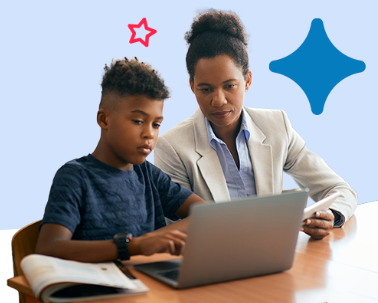Finding the Right Balance for Success in a Digital World
Social media is a big part of life for many students today.
From staying connected with friends to discovering new ideas, platforms like Instagram, YouTube, and TikTok have become popular tools for both communication and creativity.
But how does social media affect learning? The answer depends on how it’s used.
With the right habits and awareness, students can enjoy the benefits of digital connection while staying focused on their goals.
The Positive Side of Social Media in Education
Used mindfully, social media can support learning in several ways:
1. Access to Educational Content
Many students follow pages or creators who share helpful study tips, science facts, book reviews, or career advice. Platforms like YouTube and LinkedIn offer access to tutorials, talks, and educational discussions — anytime, anywhere.
2. Encouraging Creativity and Self-Expression
Social media allows students to express themselves through writing, art, photography, or video. Creative outlets can help develop communication skills and confidence.
3. Connecting with Learning Communities
Online study groups, language exchange partners, and academic forums give students a chance to share ideas, get help, and learn from peers around the world.
Potential Distractions — And How to Manage Them
While social media has benefits, it’s easy to get distracted. Scrolling through content for long periods can take time away from studying or resting. It may also lead to comparing oneself with others, which can sometimes affect motivation or focus.
Here’s how students can create healthy digital habits:
1. Set Clear Study Times
Designate blocks of time to focus on schoolwork — and take short breaks to check social media, if needed. Apps and timers can help stay on track.
2. Use “Do Not Disturb” Mode
Turning off notifications during class or study sessions reduces interruptions and keeps attention on the task at hand.
3. Follow Positive Influences
Encourage students to follow creators or pages that promote learning, kindness, and inspiration. Curating a positive digital space makes screen time more uplifting.
4. Take Screen-Free Breaks
Balancing online and offline activities is important. Encourage time outdoors, reading a book, or talking with friends face-to-face.
Helping Students Build Digital Awareness
Parents and teachers can guide students by:
-
Talking openly about the pros and cons of social media
-
Encouraging reflection: “How does this content make me feel?”
-
Modeling balanced tech habits in daily life
Final Thought
Social media is part of our digital landscape — and with mindful use, it can be a helpful tool for learning, growth, and connection. The key is balance: making time for both digital engagement and focused study, while choosing content that supports personal and academic success.
With a thoughtful approach, students can enjoy the best of both worlds — learning in the classroom and growing in the digital space.






